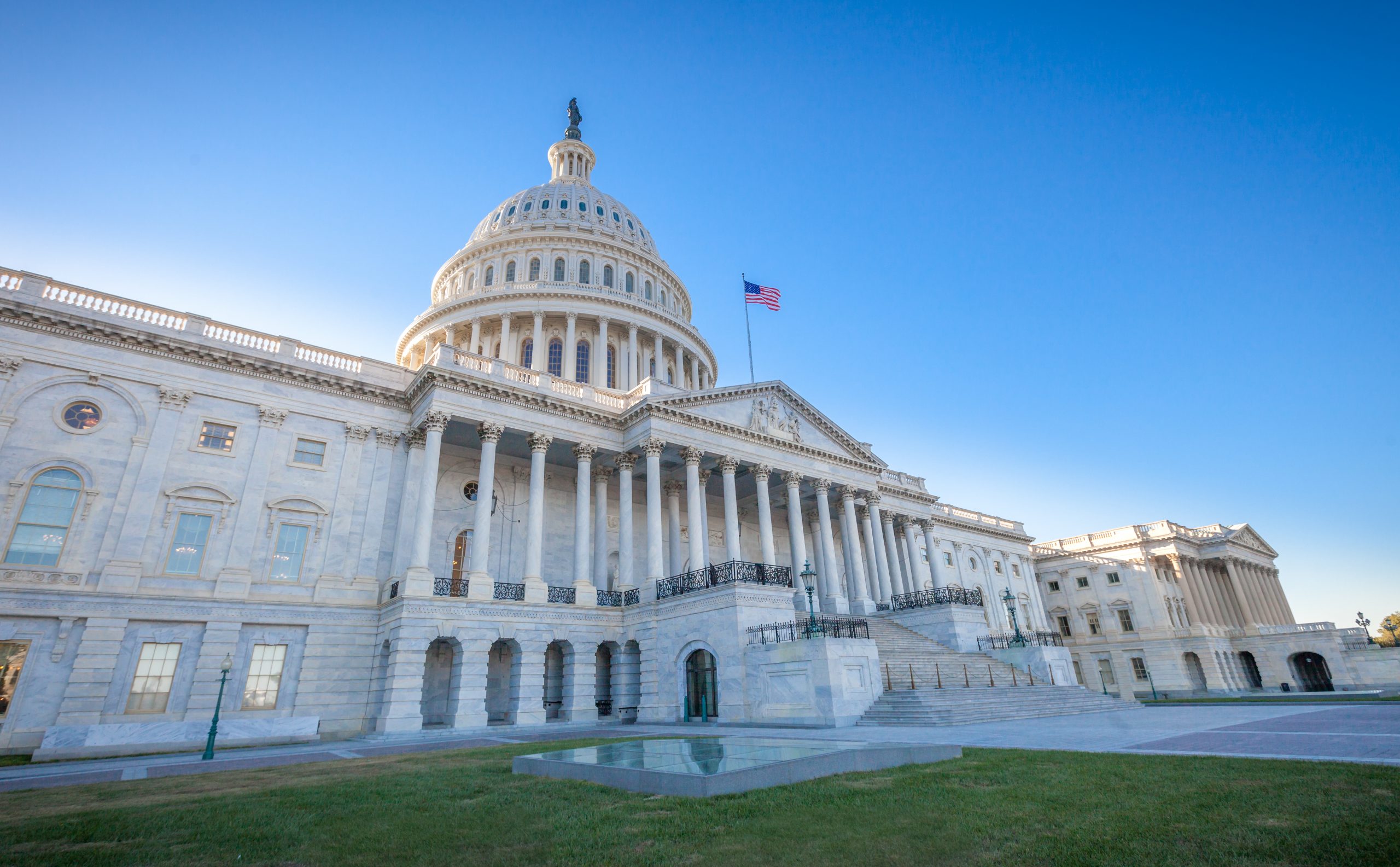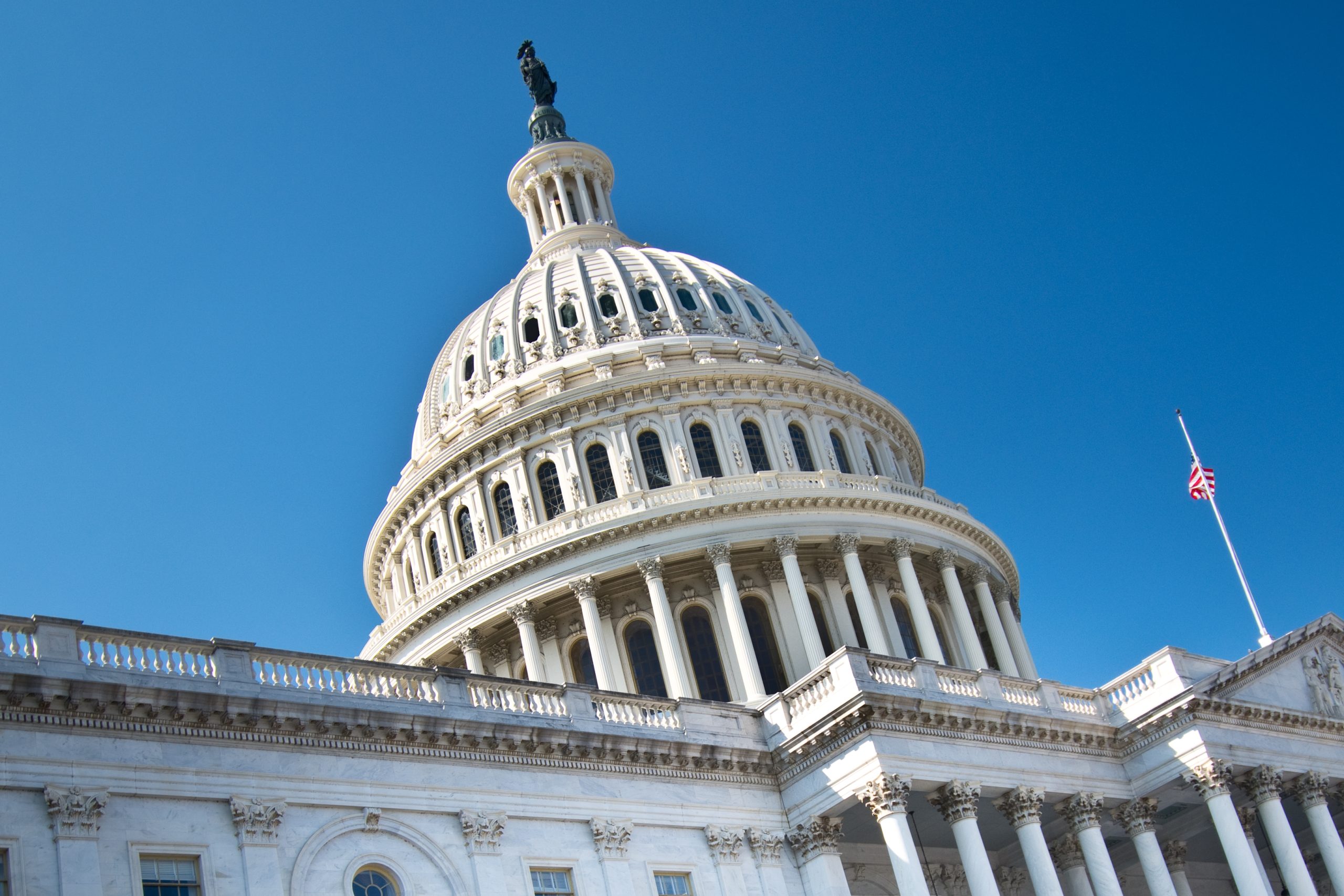Government Affairs and Advocacy
Oct. 21 Federal Update: White House Holds Convening on Child Care
The White House recently held a convening on child care to discuss state actions to improve the affordability of child care for working families, increase the number of child care providers, and improve child care workers’ job quality.
Lawmakers and organizations from 34 states across the country reflected on key strides, pathways for growth, and challenges faced within child care and early childhood education throughout the past year. State leaders discussed potential legislation to serve a greater number of working families, lower costs, and support providers. Key issues that were discussed included early childhood education teacher compensation and benefits, supply-building strategies, access and affordability of child care, and quality care assurance.
White House officials thanked state legislators for their leadership and expressed the Biden administration’s support for continued federal and state action to improve access to affordable, high-quality child care and support child care providers.
New Report on Maternal Health Care Access in Medicaid Managed Care
The U.S. Department of Health and Human Services’ Office of Inspector General (OIG) recently issued a report surrounding Medicaid managed care enrollees’ access to maternal health care. The review was conducted because of the country’s maternal health crisis, which is marked by significant racial and geographic disparities in maternal deaths and complications. The report emphasized the importance of Medicaid as the nation’s largest maternal health care payor.
States use provider coverage rules and network adequacy standards to ensure that Medicaid managed care enrollees retain adequate access to care. However, the OIG found states are not leveraging managed care provider coverage requirements and network adequacy standards to promote access to maternal health care services that can support improved maternal and infant health.
Specifically, many states do not cover mental health providers and professionals outside of OB-GYN physicians and hospital births, including midwives, maternal-fetal medicine specialists, doulas, and community health workers, some of whose services are federally required.
Other states were found to not utilize network adequacy standards, including time and distance requirements, which limit the distance enrollees should have to travel to visit their provider. Additional standards included appointment wait times to reduce how long patients wait for a visit and provider to enrollee ratio standards, which dictate the number of providers that networks must have in proportion to number of enrollees.
Vitally, some states lack data on how the standards impact enrollees’ access to maternal health care. The OIG accordingly recommends the Centers for Medicare & Medicaid Services (CMS) confirm all states cover required services from maternal health care providers for Medicaid managed care enrollees. They additionally recommend clarifying the requirement that States have a provider-specific OB-GYN network adequacy standard and supporting states in tailoring their network adequacy standards to better address maternal health care needs.
CMS agrees with each of OIG’s recommendations and is expected to respond with a plan of action within six months. CMS is planning outreach with states to ensure managed care enrollees have access to all required maternal health services. The agency will also assist states in adjusting network adequacy standards to meet the needs of residents in their states.
Final Guidance for Second Cycle of the Medicare Drug Price Negotiation Program
The Department of Health and Human Services recently released guidance outlining the process for the second cycle of negotiations under the Medicare Drug Price Negotiation Program.
The guidance centers how Centers for Medicare & Medicaid Services (CMS) will assist Medicare beneficiaries in accessing needed medications once negotiated prices become effective in 2026 and 2027, respectively. It discusses the requirements and parameters for how participating entities, including pharmacies and mail order services, will ensure designated Medicare Part D beneficiaries will have access to the negotiated prices.
The guidance also contains a key safeguard to ensure access to the maximum fair prices by allowing CMS to engage with a Medicare Transaction Facilitator to ease data sharing. Drug companies will also have access to the Facilitator for optional, voluntary payments between eligible individuals with Medicare and the pharmacies that serve them.
The next 15 medications covered by Part D for the second cycle of negotiations will be announced by February 1, 2025, while the negotiated prices will be effective beginning January 1, 2027. Fifteen patient-focused roundtables and one town hall meeting will also be held through spring 2025.
For additional information, CMS issued a fact sheet.
Additional Steps to Lower Prescription Drug Costs
HHS additionally released a request for information and a sample list of prescription drugs that the agency preliminarily intends to include under the proposed Medicare $2 Drug List Model, a key strategy within President Biden’s broader efforts to increase healthcare affordability and accessibility.
The Model provides a fixed copayment of no more than $2 for a month’s supply per drug for eligible Medicare Part D beneficiaries. The medications are intended to treat common conditions, such as high cholesterol and high blood pressure.
The Center for Medicare and Medicaid Innovation has released the plan with the intent of determining whether a simplified approach to offering low-cost, clinically important generic drugs can improve medication adherence, lead to better health outcomes, and improve satisfaction with the Part D prescription drug benefit among people with Medicare and prescribers.
Participation in the model is voluntary for Part D sponsors and, pending further development, is estimated to start as early as January 2027. Comments may be submitted until Dec. 9.
Updates from the Judiciary
Growing Concern of Social Media’s Impact on Adolescent Mental Health
Fourteen attorneys general, led by officials in New York and California, individually filed lawsuits against TikTok, claiming the social media platform damages young users’ mental health and collects the data of users younger than 13 without parental consent.
The bipartisan coalition alleged TikTok violates safety laws by claiming the platform is safe for youth, despite addictive features like 24/7 notifications and video autoplay. The filings also highlight dangerous TikTok challenges.
The legal coalition includes the attorneys general of California; Illinois; Kentucky; Louisiana; Massachusetts; Mississippi; New Jersey; New York; North Carolina; Oregon; South Carolina; Vermont; Washington; and Washington, D.C.
The lawsuit follows the passage of the Kids Online Safety Act (KOSA) through the House Energy and Commerce Committee and the Senate, which expressed overwhelming support as 91 Senators voted in favor. KOSA is intended to boost online privacy and safety for children, regulating the features offered and reducing the addictive nature of the platform. Nevertheless, bipartisan concerns have been raised of censorship and the suppression of free speech.
Federal Judge Removed from a Thirteen-Year Lawsuit Against Texas’ Child Protective Services
The Fifth Circuit Court of Appeals unanimously voted to remove Judge Janis Jack, a federal judge for the U.S. District Court for the Southern District of Texas. The Fifth Circuit detailed several instances in which Judge Jack was disrespectful and antagonistic toward Texas state employees and their lawyers. The Fifth Circuit judges maintained she inappropriately urged and instigated lawyers representing foster care children to provide evidence that Texas is willfully disregarding her orders for systemic improvements.
Judge Jack’s removal primarily follows the expansive reforms she mandated after determining Texas’ foster care system violated children’s constitutional rights. She levied heavy fines when state officials failed to meet compliance standards and found the state in contempt three times for failing to address unsafe conditions.
In April, Judge Jack issued a ruling that found Texas Department of Health and Human Services Commissioner Cecile E. Young, in contempt of her court orders to fix the way the state investigates complaints by children in its care. Her ruling carried a daily fine of $100,000 until the state could demonstrate an attempt to address its routine neglect of investigations into allegations of abuse and neglect of children in foster care.
The Fifth Circuit blocked that fine two days after Jack’s ruling and recently reversed it, maintaining it violates the court’s constitutional limits of power over individual states. The Fifth Circuit further affirmed federal judges do not have the power to become de facto superintendents, permanently overseeing major state agencies. Moreover, federal courts are not allowed to thwart the state’s self-management as they work to address identified abuses.
Subscribe to the Policy and Advocacy Radar to receive our biweekly policy roundup, which includes commentary on issues in Social Current’s federal policy agenda, opportunities to take action, and curated news and opportunities.


